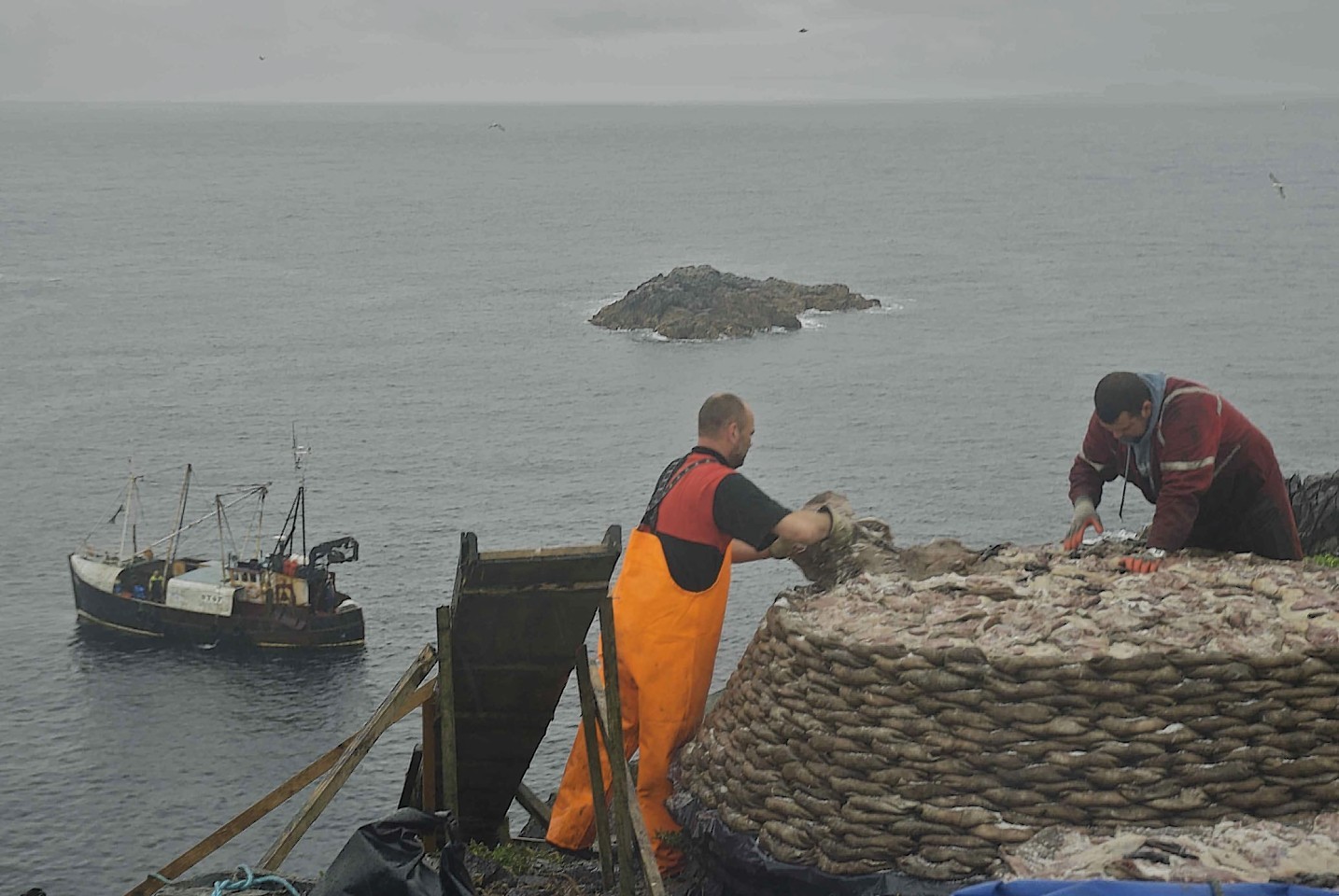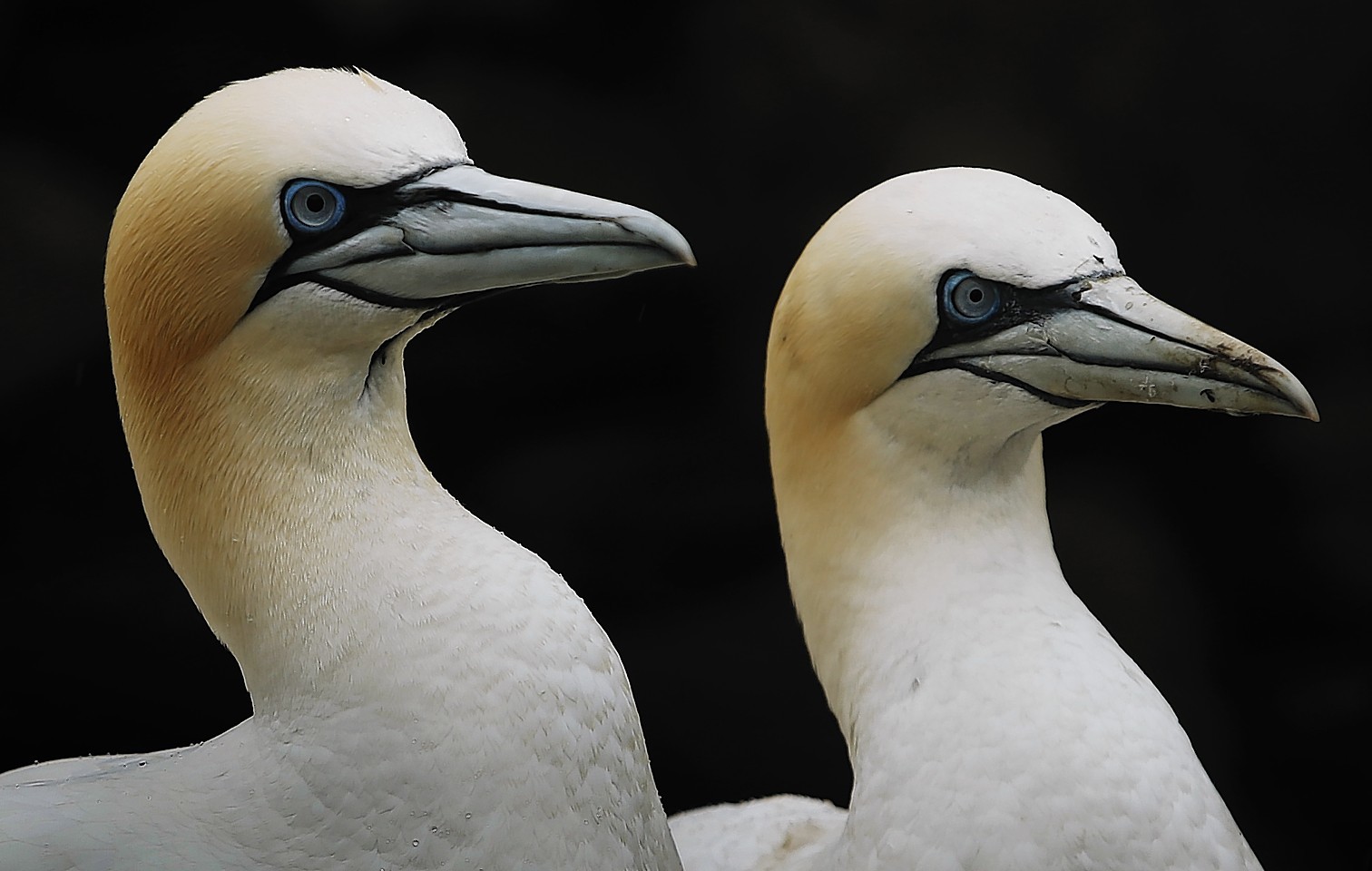Scotland’s last traditional wild seabird fowlers, the guga hunters of Lewis, are considering seeking an increase of their annual harvest after proof of booming populations of gannets.
Every August a group of men from Ness in Lewis continue the century’s old practice of their ancestors and brave rough seas to sail into the Atlantic to the tiny island of Sulasgeir, 40 miles north of Lewis, where many thousands of gannets breed.
It is the last remaining wild bird hunt of its kind in the UK and the meat is considered a delicacy locally.
The legal licence required for the harvest has been gradually reduced from around 3,500 birds to 2,000, amid suggestions gannet numbers were decreasing.
Yet, the latest count shows the very opposite – the wild seabirds on Sulasgeir are thriving.
Gannet numbers have soared by 22% since the last survey nine years ago, according to a study commissioned by the licence authority, Scottish Natural Heritage.
It also highlights that existing breeding grounds may be so crowded that the birds are setting up new colonies off Barra and Orkney.
The survey of the rock was carried out to provide an up-to-date assessment for reviewing the basis for the cull licence.
The actual number of birds is greater than the 11,230 nest sites seen occupied by either one or two birds at nestling time in last year’s count. Back in 2004, the figure was 9,225 nests.
The results indicate numbers are rising by 2.2% every breeding season – reversing the trend over the previous 10 years when the population declined at 1.2% per year.
Overall, the population has been stable for the last 30 years.
Stalwart of the guga hunt, John “Dods” Macfarlane, said there are so many bids on the islet that the hunters no longer have to scale cliffs after them.
Mr Macfarlane said: “I’ve been telling them for years the numbers were rising.
“They wanted scientific evidence – well, they’ve got it now.”
He highlighted: “There is no reason why our quota cannot increase.
“We know the numbers are rising for the last 10 years.
The SNH report highlighted the Sulasgeir count “does indicate that numbers of (apparent nest sites) increased over the last nine years despite continued harvesting”.
The report suggested the colony may host an overflow population with seabirds originating from the crowded sites at Sule Stack, off Orkney, and St Kilda.

